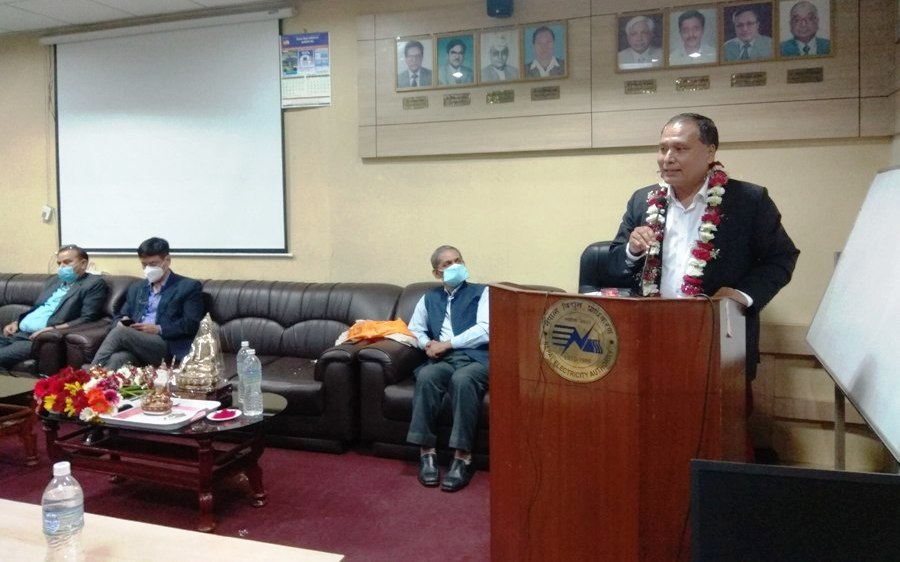KATHMANDU: The Nepal Electricity Authority (NEA) has emphasized that the current frequency of power outages is not a result of electricity export to India.
The current power outage is caused by the issue of overloading in the system, according to NEA Managing Director Kulman Ghising, who called a press conference on Sunday. According to Ghising, supply disruptions result from sudden increases in electricity demand.
The NEA has been sending 400–500 MW of electricity to India every day since last week. Ghising, however, clarified that the electricity exported was not the same as the electricity obtained from the reduction in supply to the domestic sectors. When demand is low, NEA exports electricity that is not used at night and for a few hours during the day.
The NEA intends to sell up to 1,000 MW of electricity per day to India, according to Ghising. India currently only permits the NEA to sell 442 MW of electricity on the Indian market.
“We have been anticipating soon getting the go-ahead from the Indian authorities to export more electricity. ”.
Ghising, meanwhile, warned that if the government does not act quickly to invest in the expansion of transmission lines, Nepal will experience severe problems with its ability to supply electricity. According to Ghising, Nepal needs to invest Rs 800 billion to improve the quality of the electricity supply throughout the entire nation.
To improve electricity supply in the Kathmandu valley, it will take an average of Rs 50–60 billion to build infrastructures such as east–west transmission, cross–border lines, and a number of internal substations.
The projects that were started in the previous five years also require between Rs 400 and Rs 500 billion, according to Ghising.
He emphasized that improving transmission lines is crucial for export, domestic consumption growth, and economic gain. Billion-rupee investments in hydropower projects are at risk if the necessary infrastructure is not built by the end of the year.
Around 95% of the nation’s population has benefited from electrification, according to government statistics. According to Ghising, the NEA has been making every effort to increase access to electricity for the final 5% of the population.

